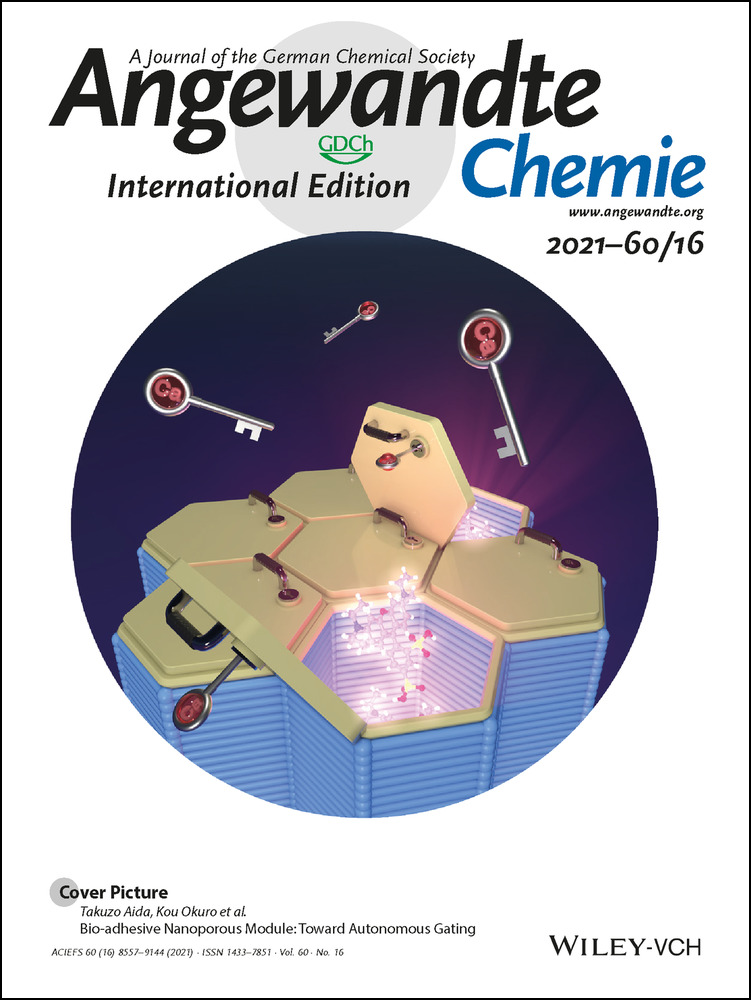Enhanced Light-Driven Hydrogen Production by Self-Photosensitized Biohybrid Systems
Graphical Abstract
Abstract
Storage of solar energy as hydrogen provides a platform towards decarbonizing our economy. One emerging strategy for the production of solar fuels is to use photocatalytic biohybrid systems that combine the high catalytic activity of non-photosynthetic microorganisms with the high light-harvesting efficiency of metal semiconductor nanoparticles. However, few such systems have been tested for H2 production. We investigated light-driven H2 production by three novel organisms, Desulfovibrio desulfuricans, Citrobacter freundii, and Shewanella oneidensis, self-photosensitized with cadmium sulfide nanoparticles, and compared their performance to Escherichia coli. All biohybrid systems produced H2 from light, with D. desulfuricans-CdS demonstrating the best activity overall and outperforming the other microbial systems even in the absence of a mediator. With this system, H2 was continuously produced for more than 10 days with a specific rate of 36 μmol gdcw−1 h−1. High apparent quantum yields of 23 % and 4 % were obtained, with and without methyl viologen, respectively, exceeding values previously reported.
Conflict of interest
The authors declare no conflict of interest.





